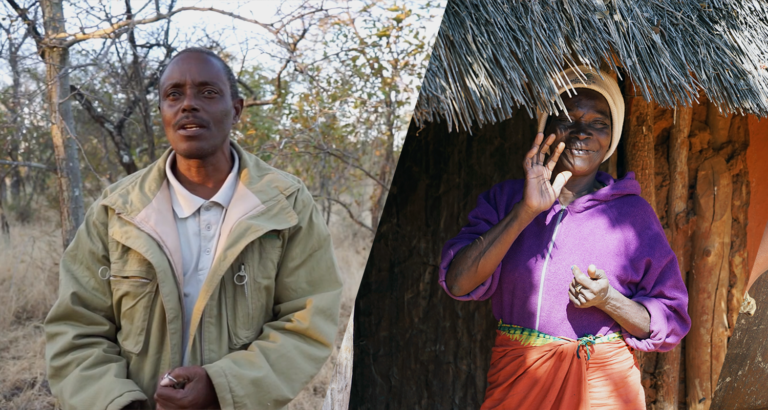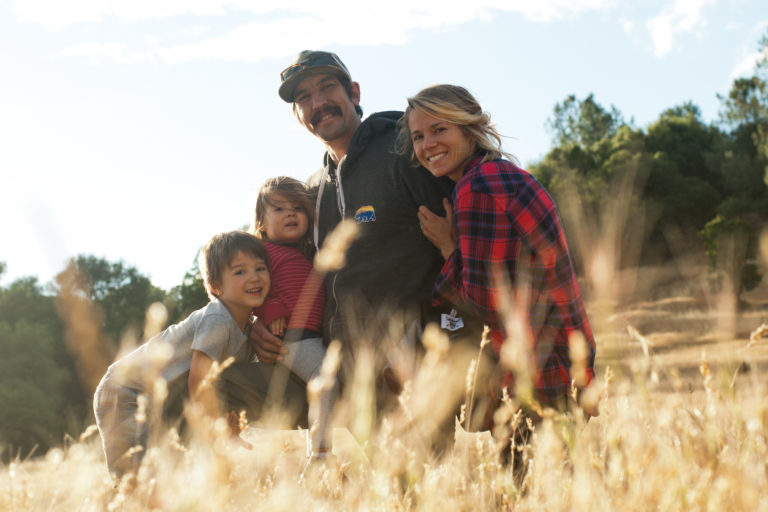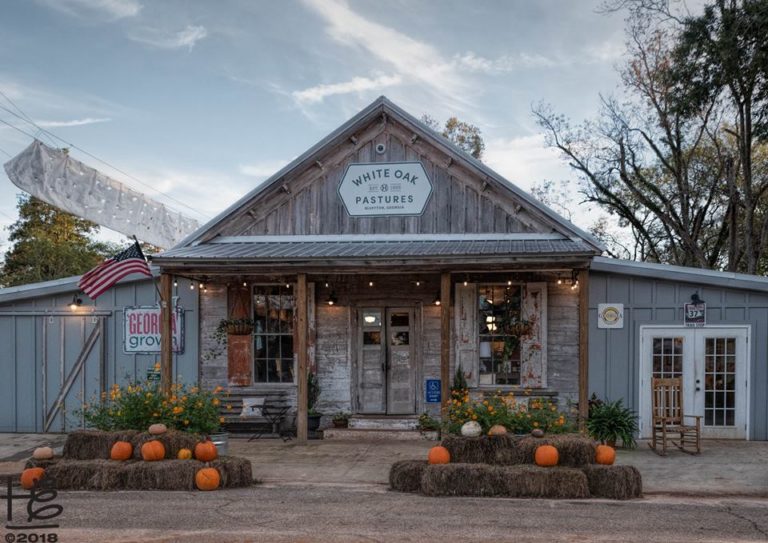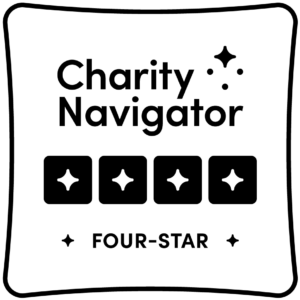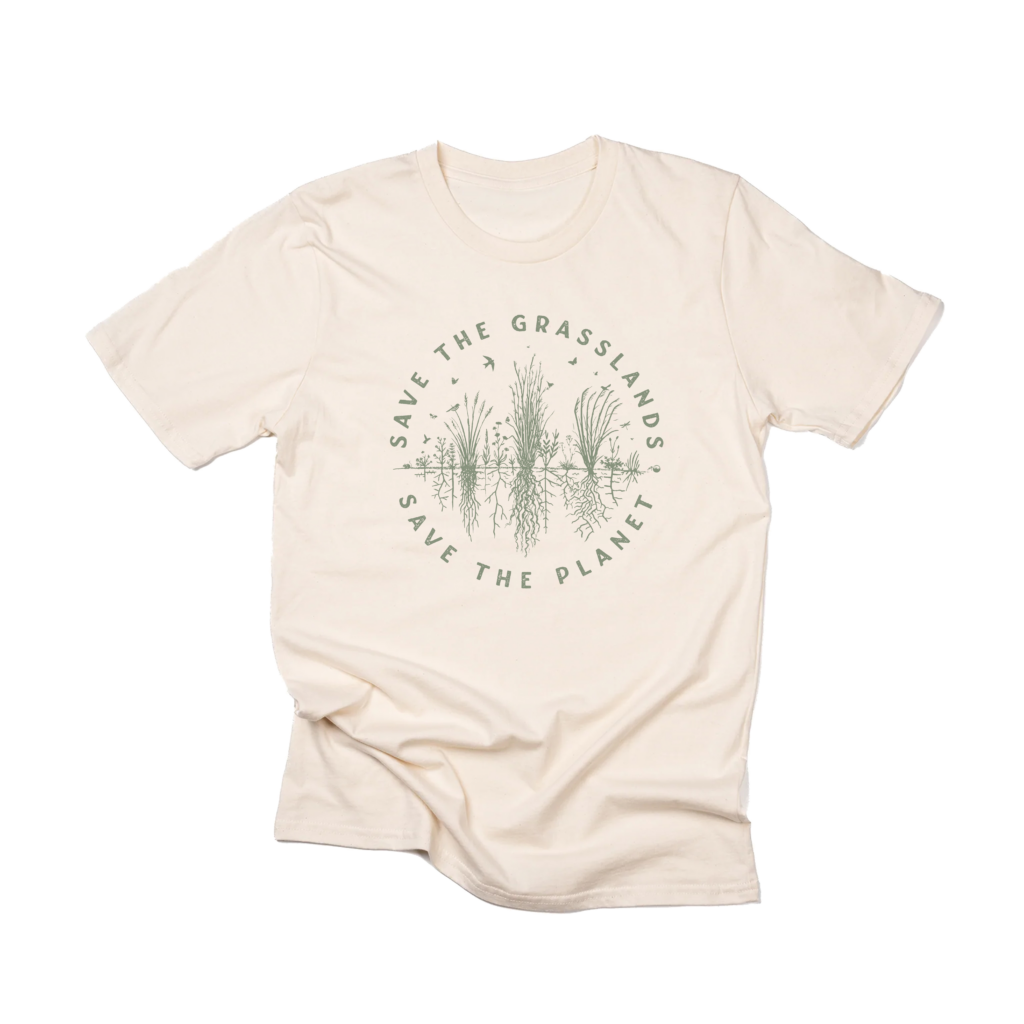Written by Judith Symonds, Director of the Australian Savory Hub – Maranoa Regional Landcare Association
One month ago I won a contest on our savory hub network platform for writing the most inspiring hub story. The reward for winning the contest was a guest blog post on the Savory Institute’s Blog. I am from a sheep grazing family. Our land has been owned by our family since 1927 when my great grandfather & great grandmother came to Australia for England as free settlers.
I could try to talk up our hub and to say that Holistic Management is widely accepted and that everything is rosy here in South West Queensland. I would be lying. I would also have no purpose. South West Queensland where we live continues to be in the grip of a large drought with most of our grazing land degraded and either washing or blowing away. Recent government statistics show that the small towns and regional areas are losing money fast, with the average taxable income for 14/15 for the region just west of Mitchell ,where we live, to be $AU3000. Average incomes in Australia are more like $AU75,000 and anything below $AU45,000 is considered to be below the poverty line. Mitchell, where we live in South West Queensland, has a population of approximately 1000 people. Once it was like many small towns in outback Queensland and was a rich hub for wealthy sheep graziers. The sheep industry provided many jobs for townies. Today, the main business is tourism during the winter months.
I am 43 years old and I am part of a whole generation of reasonably bright people born on the land, who left the country, took up study at a University in a capital city and spent some 20 years enjoying an urbanely superficially satisfied life. In 1990, the year that I attended my first year of University, landholders were paid $3 per head to destroy sheep in yet another brutal drought. Most of us, including me, left the bush behind us and we didn’t look back. I have bush walked, cycled, swam and been a Toastmaster for more than 10 years. I have travelled the world in a wonderful job with excellent career progression and annual pay rises that just ‘happened’ almost without me applying for them. I have a wonderfully supporting and very bright husband and two very neat kids in upper primary school. The money, travel and essentially the good life were good, but they were somehow quite hollow about it all.
In 2011, I returned home with my family to my birthplace. I took a salaried job because our family property would not support even my parents in their retirement years. My parents were living off their savings – as many people in the region now do or off an overdraft based on equity in their land. I took on the role of building up our business so that it would return a profit and would support myself and my family.
If my children choose to do so, I want them to have every opportunity to continue on the land. I won’t be despairing the end of an agricultural era and sending them away. But first, I have much work to do. In 2012 we conducted a full artificial insemination program which gave us excellent genetics of the soft rolly skinned sheep. I played vet nurse.
2013/14 where the worst drought years on record. No surface water ran for 2 years and all of our dams were dry for a full 8 months. In 2014 we used drought assistance to drill a bore hole.
In 2014 my mother passed and while my father was away and I was minding the property, I had an agent friend come out and explain to me the market to the processors. My father was used to selling only wool and breeding a replacement flock of ewes. Surplus wethers were sold always to someone else in the supply chain for finishing, which means someone else made the profit. We weighed a sample of all classes of sheep. The sheep were the right body and type, they just didn’t have enough condition on them. At that time my agent friend discussed irrigating a finishing paddock for them, this was the only way that he thought we could finish the wethers for sale. When my dad come home, I shared with him what I had learnt and he dismissed it. Could never happen in this country – we would always need to sell the stock to be finished somewhere down near the coast.
I learnt about the Savory Institute and their work in 2011 and completed some of the training. In late 2014 I applied for our Landcare group to become a Savory Hub and I competed against 70 groups for only 10 spots. We were announced as successful candidates in 2015, the first in Australia!
As part of the Hub application, we needed to have a demonstration site on which to practice and although my father could not fault the theory, he didn’t think it would work in practice. He had seen the idea in 1997 and even toured several properties that were implementing their own version of holistic management at that time.
In early 2015 I tried to lease land to create the demonstration site. My winning post on the Savory Platform was about the courage that it took to have two Savory Institute Accredited Professionals, whom I know quite well, to come and take me through the comprehensive monitoring for the baseline data for the demonstration site – when I didn’t have approval for the demonstration site. I didn’t know what would happen that day. I just carried on in blind faith.

Brian Wehlburg & Helen Lewis, Australian SI Educators doing our first baseline pasture assessment in 13th March 2015, while Dad looks on. This was early in the day before his epiphany. Check out the body language!
My father was still unconvinced and his main objection was that the demonstration site would prevent him from making money from his land and so the trainers chose the most unproductive part of the property. The demonstration site is a small piece of land that has returned nothing for years. It was fenced into its own block, however, my father had recently removed the fence and it had become a part of a much larger paddock.
It was while we were doing the comprehensive monitoring assessing the land for capping, soil movement, ground cover, perennial grasses and forbs and condition of the plants that my father definitely had an epiphany. He realised that the degradation that he could see himself, was not because he was farming his land and sending away wool and meat as traditional thinking would lead us to believe. He saw finally that there was such abundance in the soil and that the energy comes from the sun, converts through green perennial plants and is stored in the soil.
At that moment my dad wanted us to put the whole property under holistic planned grazing – which we started from that day, 13th March 2015 and have now been practicing for 1 year and 1 month.
I never have taken for granted the leap of faith that my father took that day. It takes a lot of courage to move away from everything that traditional agriculture tells us and more than 70 years of his own experiences to do something new. It took a lot of changes in the way we manage the stock. Moving such a large mob of up to 1200 sheep took some learning. Our property isn’t setup to deal with mobs that large and our yard facility is no-where big enough. Dad always had ordered little neat mobs of 220 sheep and now I was asking him to run one big mob of livestock. At any stage I expected him to rearrange the mobs back into neat little lots of 220 sheep. The main thing that prevented him was the condition of the sheep which went from strength to strength, a 90% lambing rate and near zero fatality with the ewes lambing.
This year, the season has been a little kinder to us.We have harvested wool in February. We are now selling 7 month old merino wethers with a body score of 2 and a weight of 40kg straight to the processor. We are selling 3 year old wethers with a body score of 3 and a weight of 70kg straight to the processor. Just two years ago my father said this was not possible to do in ‘our country’. Not possible, he said!
One factor would be the superior genetics of the Soft Rolly Skinned Sheep that we obtained through the artificial insemination program. They birth easy and the lambs gain weight quickly. Another factor would be the rainfall was decent this year and all of our water dams are full. One really big factor is that they move paddocks on an average of 4 days and they receive fresh feed at that time. This is because of our planned grazing. My colleague who normally moves his cattle every 3 days, moved the cattle every day (out of a need for them to be at the yards on a particular day) and he found that the cows and calves did exceptionally well. Right this moment, the wethers that are ready for sale are in one of our holding paddocks sitting and standing around waiting for the next paddock move.
One of my very dear friends who sometimes lends an ear to my trials and tribulations being a prodigal farming daughter that when I told her of how long it took to convince my father about adopting Holistic Management, surmised that I changed 90 years of well ingrained agricultural culture in just two years!
Perhaps I had done well after all.
All of our neighbours watch us carefully and wait quietly for the next drought, when they expect that we will suffer just the same as everybody else.
I don’t expect that the drought will hurt us anymore. The grass will hold the moisture in soils for longer and our forage budgeting will tell us exactly how many animal days of feed we will have in reserve so that we can make decisions on sound data. Our decision making model will give us the tools to test each decision carefully and our observation tools well tell us along way ahead of any drought how well our water cycle, mineral cycle, energy cycle and microbial life are functioning.
The power is truly in the Savory Network and although our neighbours haven’t caught on yet, many land managers around the world and through our International Network are taking the simple learning and joining the dots for their own enterprise.
I can tell you at least 7 objections that people tell me about why it won’t work. Among the bizzar, people told me that holistic management would be detrimental to the livestock, that the sheep would grow tender wool because they didn’t get even feed, that it wouldn’t work and that it was all health food stuff. Initially my dad went from not convinced to being totally evangelical about it. He has settled down and, in conversation, we mostly listen with interest and we only volunteer information if people seem genuinely interested in learning about what we do. We are well known throughout the community as ‘wacky farmers’. When the shearers arrived in February 2016, I could tell they were curious to see the condition of the sheep. I guess they had heard about our ‘wacky’ ways. Shearers follow a circuit of shearing which includes many of our close neighbours and they know the condition of the sheep. The shearers were amazed at the weight and health of our sheep. None of the fleeces were tender this year. (‘Tender’ is a term in wool that means there is a break in the fibre caused by either illness or poor nutrition.)
None of us is exactly knows what we want. We definitely know what we don’t want and that is bare, degrading ground that is washing and blowing away. We don’t know that we definitely have the cure – but we know that we are progressively becoming better.

Judith Symonds, Director, Abundant Grasslands Learning Center, South West Queensland, Australia. Member of the Savory Hub Network since 2015.

March 2015 – site monitoring

March 2016 – site monitoring

